In honor of Black History Month, we take a dive into the pivotal people, places, and events that have kept lasting impressions on the culture of America. The Harlem Renaissance was one of the monumental events in history that altered the way we as a collective view the world.
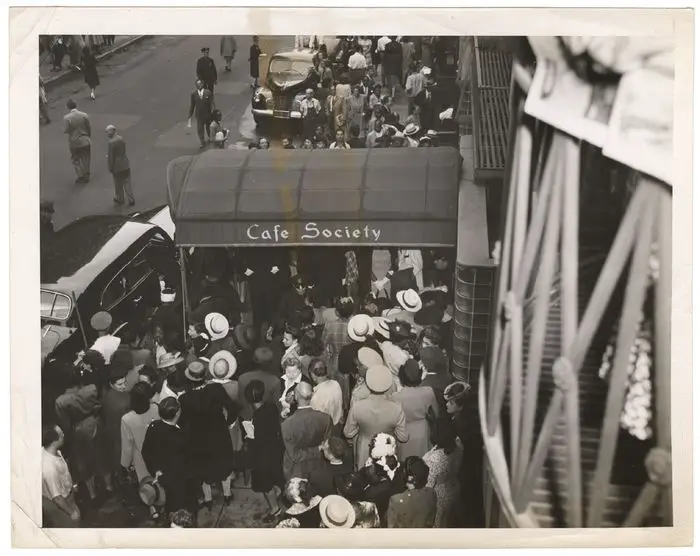
With the Harlem Renaissance taking musical culture by storm in the 20s and 30s, musicians and music enjoyers alike found refuge from harsh realities in multi-cultural venues of the time period. These venues were beacons of hope and togetherness, where music was the uniting factor, and the outside world could not penetrate that.
Cafe Society – A Refuge in Greenwich Village
Opening their doors on December 18th, 1938, Cafe Society in Greenwich Village, Manhattan was home to a multitude of unique musicians and comics. The mind behind the club, Jewish shoe salesman Barney Josephson, hailed from Trenton, NJ and was a lover of jazz music.
Barney was incensed at the fact that in the Cotton Club, blacks were limited to the back one-third of the club. It infuriated him that even in their own ghetto they had to deal with this treatment. Of course, in any club below Harlem, which had black entertainment, such as the Kit Kat Club, a Black person couldn’t even get in.
A few notable acts from the era that were no stranger to the venue include Art Tatum, Lena Horne, Sarah Vaughn, Mary Lou Williams, Lester Young, Burl Ives, the Golden Gate Quartet, Billie Holiday and Ella Fitzgerald.
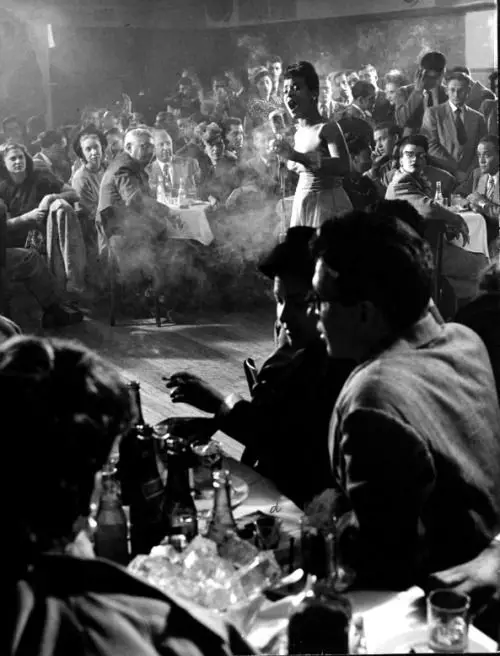
Racial Harmony in 1938
The Harlem Renaissance saw a monumental explosion of musicianship, racial harmony, and advancements in art. Cafe Society was a perfect example of this. Folks of all races, ethnicities, religions, and art forms attended crowds at Cafe Society. It was a community of tolerance, artistic expression, and racial harmony and prosperity in a time when this was furthest from the norm. The jazz club was a bastion of solitude, a beacon of hope, and mothership of talent.
Barney wanted to create a club so inclusive and so different from the rest and wished to change from the norms that other nearby jazz clubs have set as standard. He wanted to create a place where folks of all races, ethnicities, religions, and orientations could join together and enjoy the music of the city – jazz.
Billie Holiday’s Legendary Start
Billie Holiday, one of the most iconic jazz vocalists of all time, made a significant impact during her early career at Cafe Society. In 1938, she began performing regularly at Cafe Society Downtown, the venue’s location in Greenwich Village. Holiday’s emotionally charged and distinctive voice, coupled with her unique interpretations of jazz standards, quickly garnered admiration.
The intimate layout of Cafe Society allowed her to connect with the audience sharply and meaningfully. Holiday’s performances there contributed significantly to her rise to fame. Billie Holiday performed “Strange Fruit,” a powerful anti-lynching anthem that took the crowd by storm. Billie Holiday’s time at Cafe Society marked a pivotal chapter in her career, showcasing her as a renegade in the jazz world and a courageous voice against social injustice, a common theme of the club.
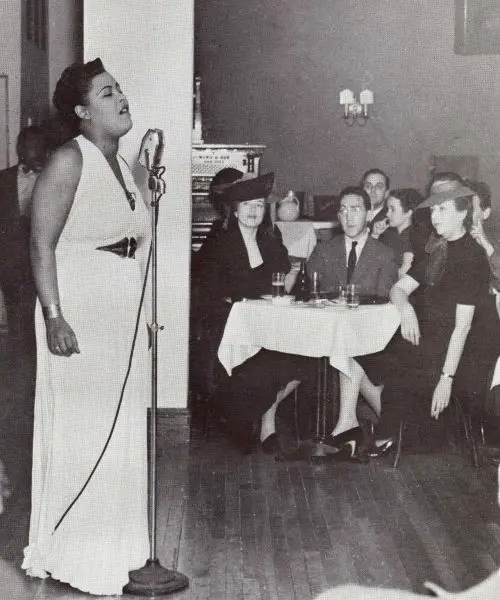
Far From Typical
Cafe Society’s commitment to left-wing politics was not merely symbolic, it was deeply ingrained in the club’s firmament. Barney Josephson envisioned the club as a space where artists could freely express their political and social views through their performances. The location became a hub for artists and intellectuals sympathetic to leftist causes, such as civil rights, workers’ rights, and anti-fascism. This kind of club was far from the standard and quite eccentric to many. The club hosted acts that addressed these issues in their music and engaged in discussions about social and political matters.
Performers like Billie Holiday, Paul Robeson, and Josh White were known for their activism. These artists found a platform at Cafe Society to use their art as a means of social commentary and political action. The club’s left-wing orientation also extended to its audience, attracting a diverse and politically conscious crowd. In an era marked by racial segregation, Cafe Society stood out as a progressive and inclusive space that challenged norms and ushered in a sense of unity and community among its patrons.
Cafe Society was known as “the right place for the wrong people.” In short, the place was strictly anti-snob, anti-segregation, and anti-standard. The building was draped in eccentric cartoon murals and the club’s doorman was intentionally dressed in raggedy, tarnished clothing to mock the notion that poor folk could not gain entry into the club. Josephson wanted all to know that all were welcome, not just upper-class snobs.
Cafe Society’s Policy
The club had a very unorthodox means of contracting artists. Firstly, Josephson was not a believer of traditional contracts. In fact, there weren’t any. Josephson believed an artist should never be bound to a contract or club, instead he offered long, several-week engagements that would also allow artists to play at other clubs in between.
Along with this, the club was extremely pro-union, something quite rare for the time. Josephson was a committed advocate for workers’ rights and ensured that all the musicians who performed at his club were members of the musicians’ union. This policy helped to guarantee fair wages, reasonable working conditions, and benefits for the artists. In an industry where exploitation of performers was not uncommon, Cafe Society stood out as a venue that prioritized the welfare of its musicians.
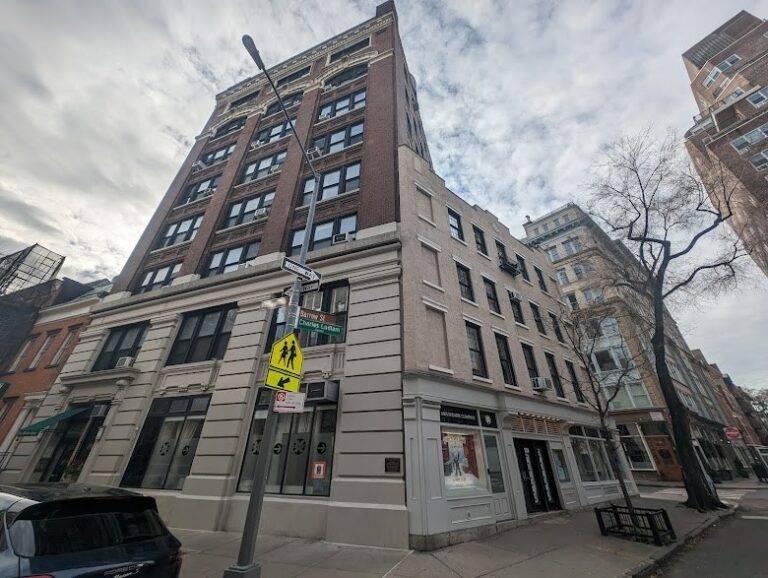
The Club’s Closure and Legacy
Cafe Society Jazz Club faced closure due to a combination of financial challenges and changing cultural dynamics. The original Downtown location closed its doors in 1948, primarily attributed to economic struggles and declining attendance. Along with this, the Josephson brothers’ leftist views landed them in hot water with the FBI, specifically his brother Leon. The club struggled to maintain financial viability. New owners eventually took over the club, but it was later closed permanently due to the new owner’s failure to pay back taxes.
The changing cultural landscape, combined with financial difficulties, led to the closure of the Uptown location in 1950. Cafe Society’s legacy, however, endures as a pioneering venue that championed racial integration, left-wing politics, and fair treatment of artists. The club left an indelible mark on the history of jazz and racial integration.
Barney Josephson went on to open The Cookery, also in Greenwich Village. This establishment opened in the early 1960’s as a music-supper club, where many artists would perform while audiences ate dinner. Much like Cafe Society, The Cookery was an all-inclusive, racially integrated, and culturally diverse place where standards were challenged.
The location where Cafe Society jazz club once was is now a historical landmark. The building is part commercial, and part residential. What has stayed the same, is the memory and legacy of Cafe Society. Its indelible mark will never be forgotten.
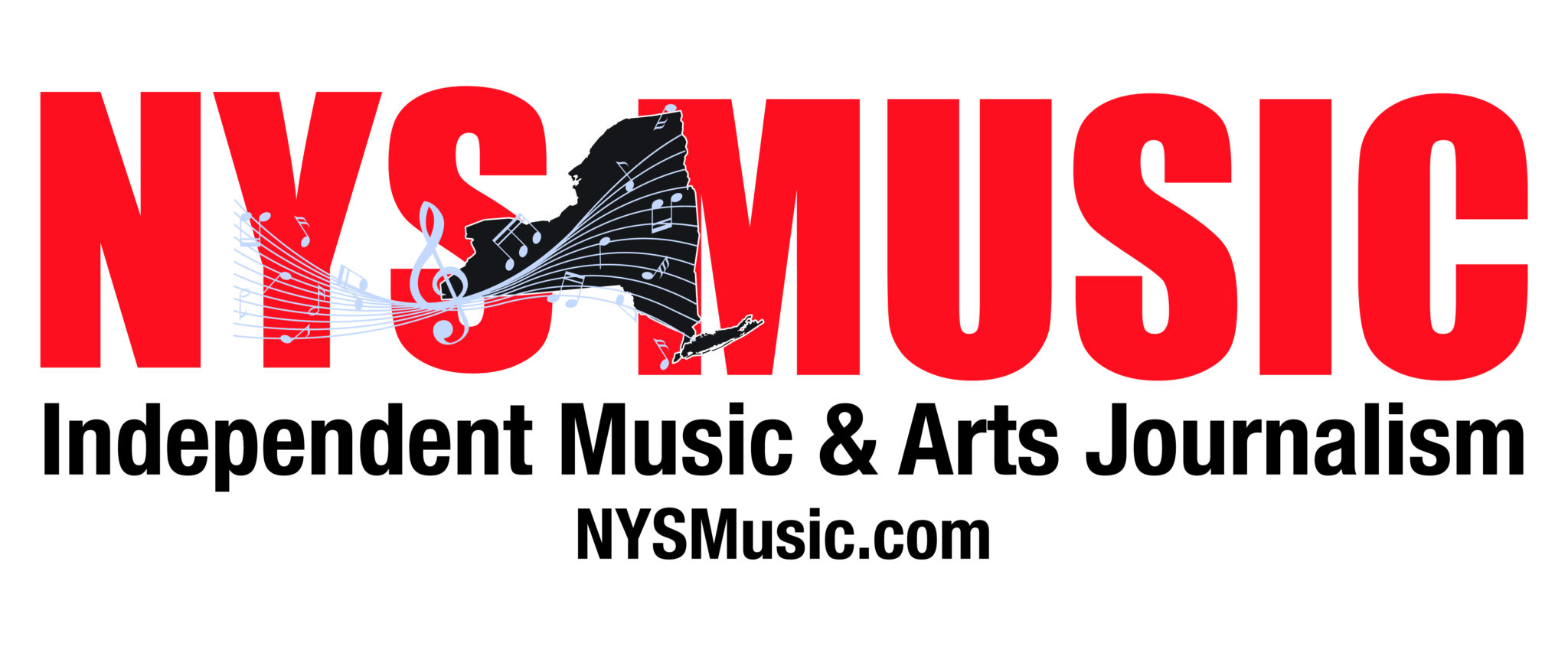

Comments are closed.